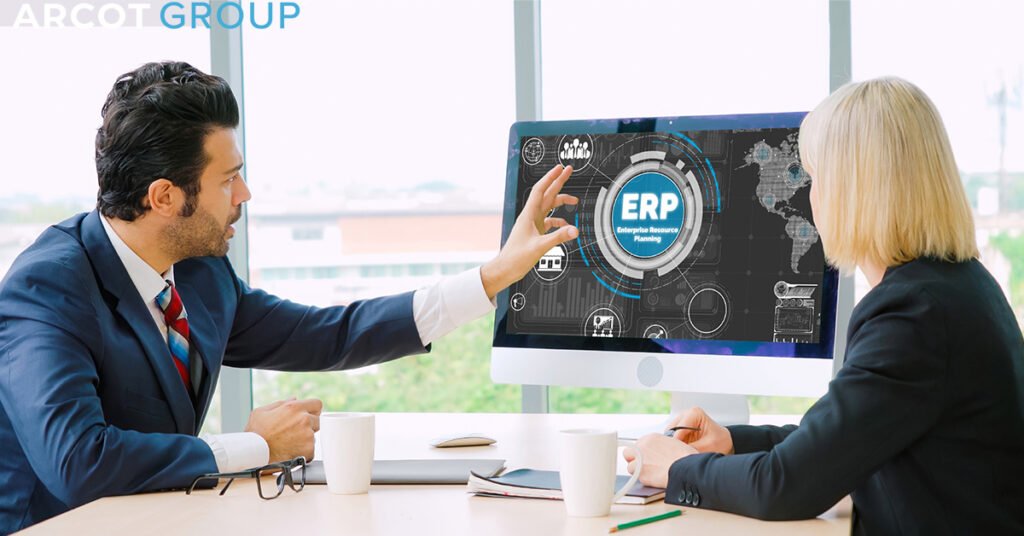In the competitive world of e-commerce, shopper satisfaction is the key to success. Happy customers are more likely to become repeat buyers and brand advocates. One effective way to elevate shopper satisfaction is through Enterprise Resource Planning (ERP) integration. In this comprehensive guide, we’ll explore three ways ERP integration can significantly improve the shopping experience, leading to happier, more loyal customers.
The Role of ERP in E-commerce
ERP systems are designed to streamline and optimize various business processes, including inventory management, order processing, and customer data analysis. When integrated into e-commerce platforms, ERP systems become powerful tools for enhancing customer satisfaction.
The Shopper-Centric Approach
In today’s market, successful e-commerce businesses prioritize the customer experience. ERP integration allows you to put your customers at the center of your operations, leading to improved satisfaction levels.
The ERP Advantage
By integrating ERP, e-commerce businesses can achieve greater efficiency, accuracy, and agility in their operations. This, in turn, translates into a better shopping experience for customers.
Real-Time Inventory Visibility
Accurate Stock Availability
ERP integration provides real-time visibility into your inventory. This means customers can trust that the products they see on your website are actually in stock, reducing frustration caused by out-of-stock items.
Faster Order Fulfillment
With accurate inventory data, order processing becomes faster and more reliable. Customers receive their orders promptly, leading to increased satisfaction.
Reduced Backorders
ERP systems can help you identify potential stock shortages before they happen. This proactive approach minimizes the number of backorders and disappointed customers.
Personalized Shopping Experiences
Customer Data Utilization
ERP systems collect and analyze customer data. With this information, you can personalize product recommendations, discounts, and content to match individual preferences.
Targeted Marketing Campaigns
By segmenting your customer base and creating targeted marketing campaigns, you can deliver relevant messages that resonate with shoppers, increasing their engagement and satisfaction.
Improved Customer Service
Armed with comprehensive customer data, your support team can provide more personalized assistance, making customers feel valued and heard.
Efficient Order Processing
Order Accuracy
ERP integration minimizes manual data entry errors, ensuring that customers receive exactly what they ordered.
Order Tracking
Customers appreciate being able to track their orders in real time. ERP systems enable accurate and up-to-date order tracking, enhancing the shopping experience.
Quick Issue Resolution
In the event of order issues, ERP systems provide the necessary data to resolve problems quickly and efficiently, preventing customer dissatisfaction.
Choosing the Right ERP System
Scalability
Select an ERP system that can grow with your business, accommodating increased data and order volumes as your e-commerce store expands.
Compatibility
Ensure that the ERP system you choose is compatible with your existing e-commerce platform and other software solutions.
User-Friendly Interface
A user-friendly interface is crucial for smooth operations. Consider systems that are intuitive and easy for your team to navigate.
Overcoming Integration Challenges
Data Migration
Migrating data from existing systems to your new ERP can be challenging. However, with proper planning and data cleansing, this hurdle can be overcome.
Training and Adaptation
Invest in training for your team to ensure they are proficient in using the ERP system. This reduces the learning curve and potential errors.
Continuous Support
ERP integration is an ongoing process. Establish a support system to address any issues or updates required for optimal performance.
Measuring Shopper Satisfaction
Customer Surveys
Conduct regular customer satisfaction surveys to gather feedback and identify areas for improvement.
Monitoring Returns and Complaints
Pay attention to returns and customer complaints as indicators of potential issues with the shopping experience.
Analyzing Customer Behavior
Leverage ERP data analytics to gain insights into customer behavior and preferences, which can guide improvements.
Challenges and Pitfalls
Integration Costs
ERP integration can be costly, both in terms of software and implementation. Budget constraints must be considered.
Data Security
Protecting customer data is paramount. Ensure robust security measures are in place to safeguard sensitive information.
Maintenance and Updates
ERP systems require regular maintenance and updates to remain effective. Neglecting this can lead to system inefficiencies.
The Future of ERP Integration
AI-Powered Insights
ERP systems will increasingly harness the power of artificial intelligence to provide advanced insights into customer behavior.
Seamless Omnichannel Integration
Future ERP solutions will seamlessly integrate with various sales channels, providing a unified shopping experience.
Predictive Analytics
Predictive analytics will enable businesses to anticipate customer needs and preferences, further personalizing the shopping journey.
The Path to Shopper Satisfaction
Strategy Development
Craft a comprehensive strategy for ERP integration, aligning it with your e-commerce business goals and shopper-centric approach.
Data Security Protocols
Implement rigorous data security protocols to protect customer information and build trust.
Continuous Improvement
Shopper satisfaction is an ongoing goal. Continuously gather feedback and adjust your strategies to meet evolving customer expectations.
Elevate Shopper Satisfaction with ERP Integration
In the digital age, e-commerce businesses must go the extra mile to satisfy their customers. ERP integration is the pathway to achieving this goal. By providing real-time inventory visibility, personalizing shopping experiences, and optimizing order processing, you can create a shopping journey that leaves customers not just satisfied but delighted. The future of e-commerce is shopper-centric, and ERP integration is your ticket to success.




